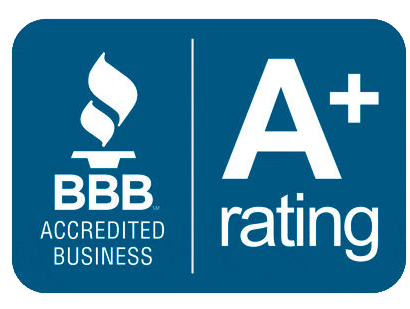Where to Place your AED?
When it comes to public safety, one piece of equipment stands out for its life saving capabilities: the Automated External Defibrillator (AED). All AEDs are made to be accessible and user-friendly. However, simply having an AED is not enough. The placement within an organization is critical to its effective utilization during emergencies. Whether you are with a school, business, or place of worship, it is important to follow the best practices for AED placement and training.
Understanding the importance of Accessibility
The key to AED effectiveness is a rapid response. The American Heart Association emphasizes that the chances of survival decrease by 7% to 10% with every minute that defibrillation is delayed. This statistic underlines the necessity of strategic placement. AEDs should be readily accessible, clearly marked, and easy to retrieve in a matter of seconds, not minutes.
Conducting a Site Assessment
A thorough site assessment is the first step in determining the specific needs of your facility regarding AED installation. Key factors to look for include:
- The number of people on-site: Larger populations may require more than one AED to ensure coverage.
- Size and layout of the building: Large buildings might need strategically placed AEDs to ensure no area is too far from the life-saving device.
- Locations of meetings and conferences: Areas with high activity levels or where strenuous events take place should have easy access to AEDs
- Timing: The goal is to deliver a shock to the victim within three minutes or less, making the proximity of AEDs paramount.
Strategic placement
- High Traffic Areas: Common areas such as lobbies, cafeterias, and main hallways are prime locations. These are areas where people gather or pass through frequently, increasing the likelihood of immediate assistance in case of a sudden cardiac arrest.
- Next to Fire Extinguishers: Having AEDs next to fire extinguishers makes them easier to find for the common person.
- Near High-Risk Areas: Locations such as gyms, sports fields, and areas with heavy machinery warrant closer AED placement due to the higher likelihood of cardiac events.
- Within Reach, But Secure: While AEDs should be accessible, they also need to be secure and protected from tampering or theft. Strategic placement does not mean leaving them unattended in open spaces without surveillance or security measures.
instillation specifications
- Cabinet or Bracket/Wall Rack: AEDs should be mounted in approved cabinets or on brackets provided by the manufacturer, with the readiness indicator facing outward. These installations should not obstruct walkways and must comply with the Americans with Disabilities Act (ADA), ensuring accessibility for all.
- Height and Wall Projection: AEDs should be installed at a height of 48 inches from the floor, with cabinets not protruding more than 4 inches from the wall to prevent obstruction in corridors or passageways.
The strategic placement and proper installation of AEDs in your organization are vital steps towards creating a safer environment for everyone. By following these guidelines, you not only comply with legal requirements but also demonstrate a commitment to the health and safety of your employees, visitors, and the general public. Remember, the presence of an AED can mean the difference between life and death in a cardiac emergency. If you do not have an AED contact us to learn how you can prepare your organization for cardiac emergencies.
Source: https://parentheartwatch.org/wp-content/uploads/2017/02/Guidelines-for-AED-Installation.pdf












